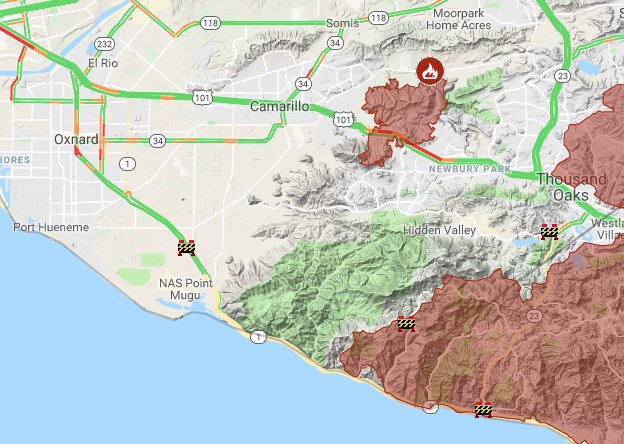
Tire traction devices shall be constructed and assembled to provide sufficient structural integrity and to prevent accidental detachment from vehicles. Snow-tread tires can be identified by examining the sidewall of the tire where the letters MS, M/S, M+S or the words MUD AND SNOW have been stamped into the sidewall.Ģ Tire Traction Devices: The California Vehicle Code, Section 605 defines tire traction devices as follows: "Tire Traction Devices are devices or mechanisms having a composition and design capable of improving vehicle traction, braking and cornering ability upon snow or ice-covered surfaces. You must follow the directions on the signs posted for chain controls or any instructions given by Caltrans or CHP personnel at chain control check points, even if these are at variance with broadcast road condition reports or information contained herein.ġ Snow-tread Tires: The California Vehicle Code, Section 558 defines a snow-tread tire as follows, "A 'Snow-tread tire' is a tire which has a relatively deep and aggressive tread pattern compared with conventional passenger tread pattern". Some local areas may use variations of these designations. A highway will often be closed before an R-3 condition is imposed. R-1 and R-2 are the most common conditions. Truckers, see our Truck Chain Requirements page.

When chain controls are established, signs will be posted along the road indicating the type of requirement. Chain Requirement Levelsĭuring the winter months, motorists may encounter traction chain controls in the mountain areas within California. It is best to check your vehicle manufacturer's specifications for use of tire chains/traction devices.Ĭhain Installation Chart (PDF) depicting the proper placement of traction devices for all vehicles. The California Department of Transportation (Caltrans) does not sell nor recommend specific brands of tire chains.
Chp quickmap install#
You will usually have about a mile between "Chains Required" signs and the checkpoint to install your chains. You can be cited by the California Highway Patrol and fined if you don't.

You must stop and put on chains when highway signs indicate chains are required. Before driving, check with the Caltrans Highway Information Network (CHIN): 80 and Caltrans Quickmap.


 0 kommentar(er)
0 kommentar(er)
